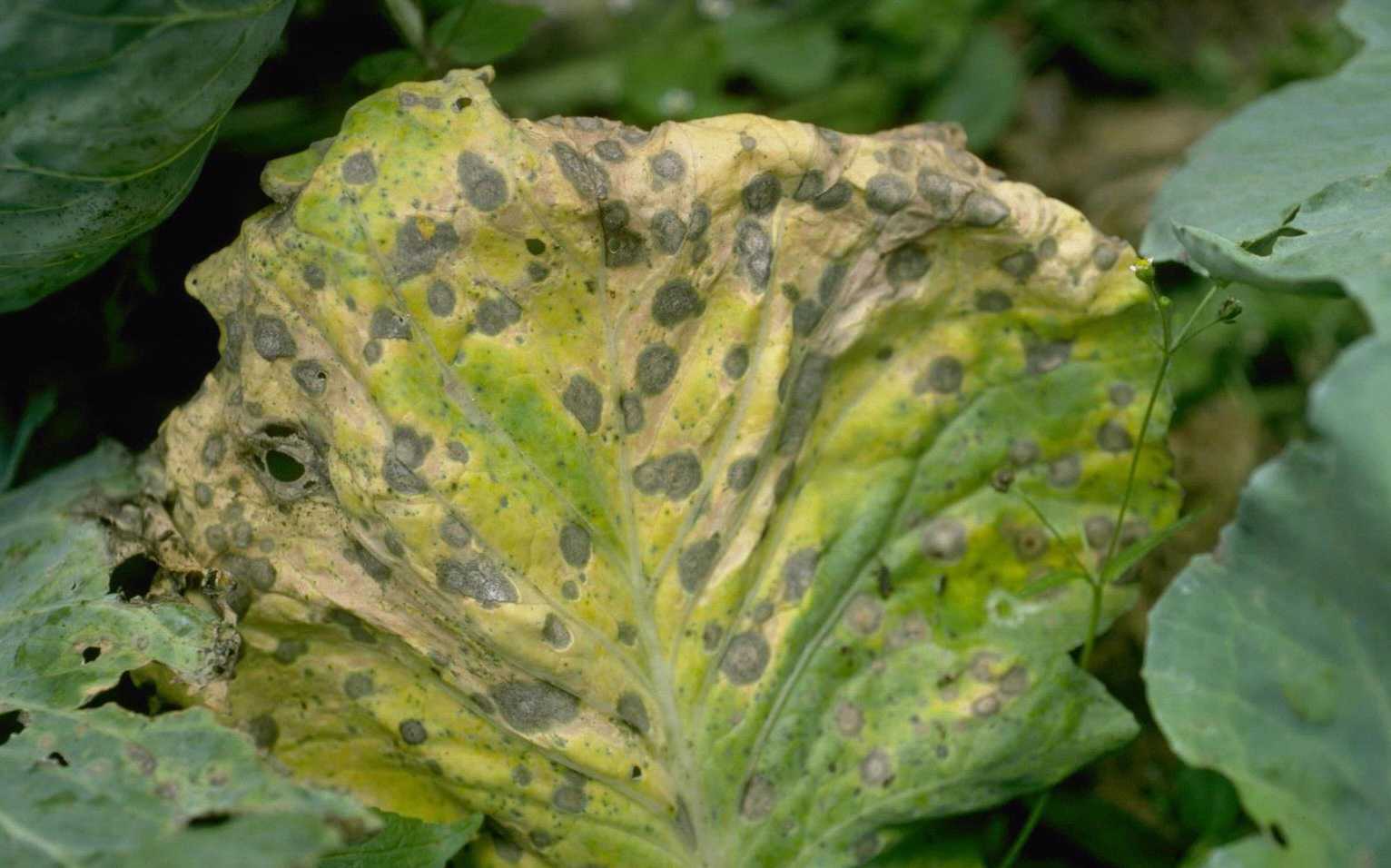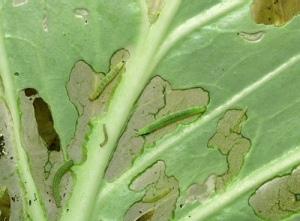Nutrient management of Cauliflower:-
- Cauliflower is a heavy feeder crop.
- Fertilizer dose depends upon the soil and amount of organic manure applied to the crop.
- For a good yield, 15-20 tones of well decomposed FYM is incorporated in the soil about 4 weeks before transplanting.
- Recommeded doses of fertilizer for normal varieties 100 Kg: 60 Kg P and 100 Kg K/ ha hybrids -120-180 kg N 100 Kg P and 100 Kg /ha.
- Half the dose of nitrogen and full dose of P and K should be applied at the time of final preparation of field.
- Remaining half dose of nitrogen should be applied as top dressing in spilt doses followed by earthing up.
Like and share with other farmers by clicking on button below.
Share


